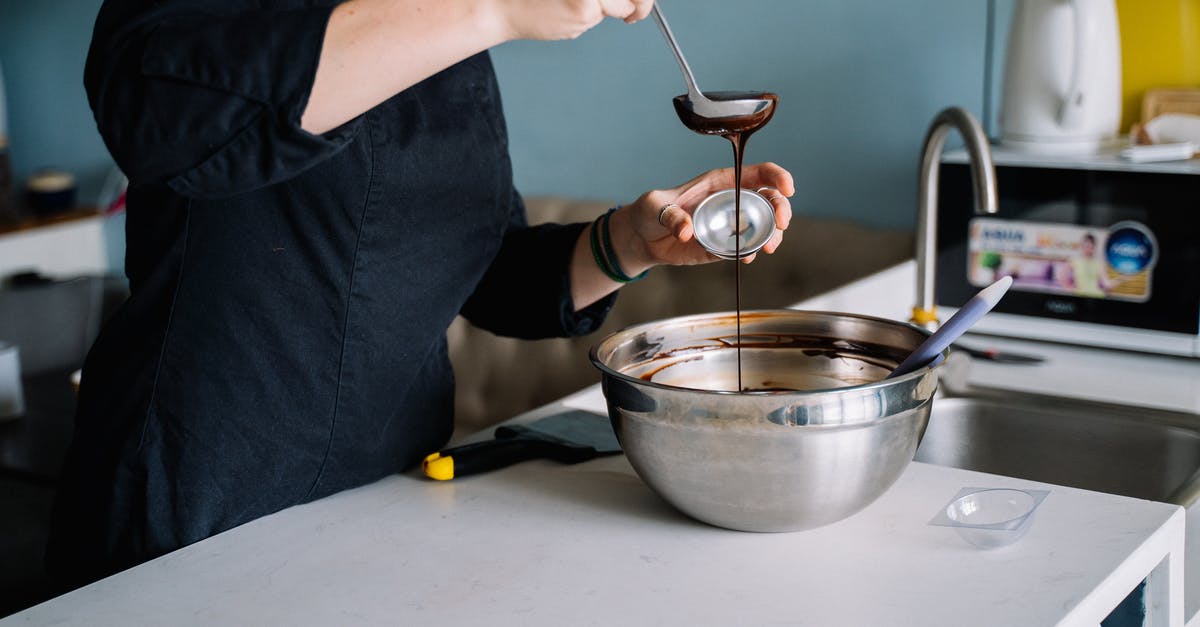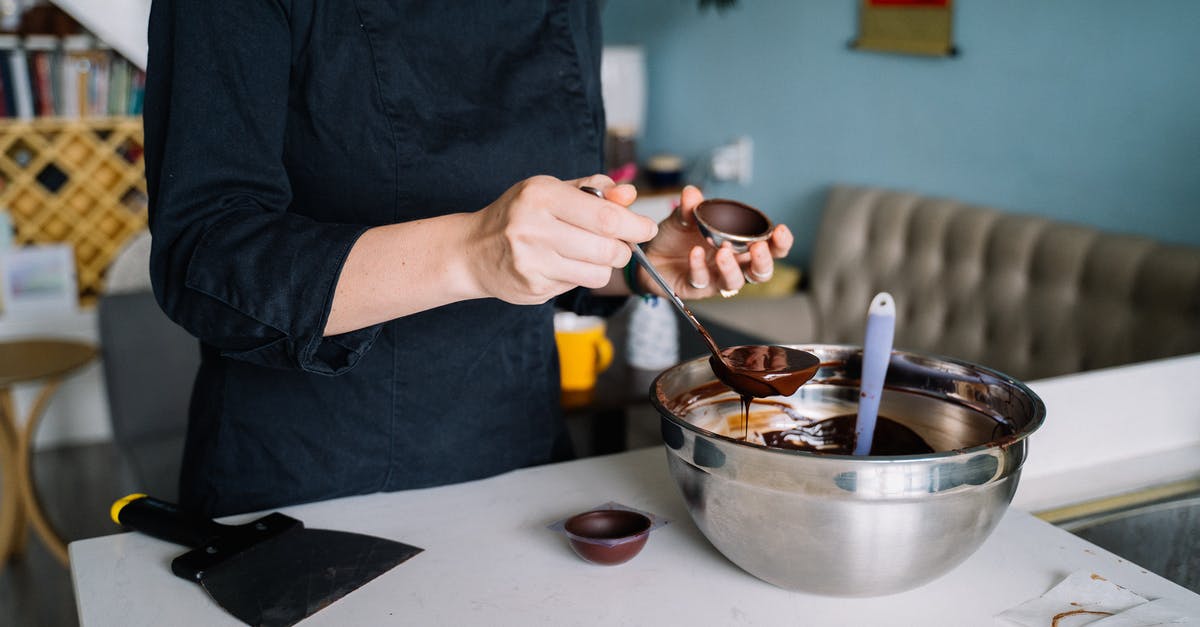How to solidify melted chocolate?

I have a fair amount of 75% cocoa chocolate. I would like to melt this chocolate and mix it up with some spices, fruit, nuts, coffee of mine. I would then spread this chocolate into a thin board and let it solidify again. This last step sounds a little hard to me. I do not care too much if the board of chocolate is not perfectly rectangular of if the upper side is not perfectly flat.
I am scared that it could be hard to warm up the chocolate at a high enough temperature without burning it so that it is easy to spread smoothly.
I am scared that the chocolate will stick to the counter top (in plastic) or the sheet pan.
I am scared that it won't fully solidify. I am wondering whether the counter top should be cooled down (which is impossible in my kitchen).
Can you give me your advice on how to solidify a chocolate mix into a nice thin board in a amateur kitchen?
I have never worked with chocolate before. My kitchen is typically around 21°C but I could eventually bring it down to 18°C.
Best Answer
I am scared that the chocolate will stick to the counter top (in plastic) or the sheet pan.
Don't do it on the counter top. The best surface would be a silicone mat from a baking store - a smooth one, not the ones that seal an woven steel wool inside and so have a relief pattern. If you don't (yet) have that, plastic foil will do, you'll be able to peel it from the chocolate when cooled.
I am scared that it won't fully solidify. I am wondering whether the counter top should be cooled down (which is impossible in my kitchen).
20 C is a good temperature for cooling chocolate. Never cool the counter top. If anything, it would be best to warm it slightly so the bottom of the chocolate bark is cooled slower than its top, this gives the best shine. You can skip that though, it's a perfectionist's thing. If you are interested in a deeper explanation, see How to prevent "sweating" chocolate covered strawberries?.
I am scared that it could be hard to warm up the chocolate at a high enough temperature without burning it so that it is easy to spread smoothly.
Here comes the most important part. The problem is not even burning, the problem is distempering. The chocolate will melt at around 30 Celsius, but will distemper at around 33 Celsius. Distempered chocolate solidifies in a grainy mass. You should not let it go warmer than 33 C, better yet 32, and that's a very narrow temperature range to hit.
To avoid this, you have to work in small batches1, use a double boiler for warming up, and use a candy thermometer. Don't use the microwave, that's uncontrollable and only useful if you are going to make some kind of chocolate mixture, not if you want to resolidify it as bars or similar. Also see What is the best way to melt chocolate? and What is the purpose of tempering chocolate?.
1 At the beginning, "small" means "so little you can stomach tossing it" because you will probably get it wrong a few times, it is a skill you have to build. But not so little that it smears onto the bowl and cannot be handled, I'd say the minimum is somewhere between 25 and 50 g if you are using a small enough bowl. Later, when you are confident in your process, "small" means "as much that you don't get a heat gradient in the melted chocolate in the double boiler", it depends somewhat on geometry and bowl material, and you have to experiment with that a bit to find out what amount works well.
Pictures about "How to solidify melted chocolate?"



Quick Answer about "How to solidify melted chocolate?"
Simply melt semisweet chocolate by itself or with a little cream or butter. Dip, then refrigerate. When the chocolate is cooled, it hardens.Can melted chocolate be solid again?
You can keep melted chocolate from returning to a solid by maintaining it at a temperature between 88 and 90 F, according to Michigan State University. This is too cool for it to burn, but isn't warm enough for it to harden.Why is my melted chocolate not hardening?
A: It could be that your room temperature is too high. Candies need to be dipped and then left to set in a room that is between 65 and 68 F. It could also be that the chocolate wasn't tempered. Untempered chocolate takes quite a bit longer to set.How long does it take melted chocolate to harden again?
If the chocolate is in temper it will harden quite quickly (within 3 to 5 minutes) and become firm and shiny. If you touch it, your finger will come away clean. The offset spatula on the top was dipped into chocolate that was melted and then allowed to cool; it's dull and not properly tempered.How to Temper Chocolate Three Easy Ways!
More answers regarding how to solidify melted chocolate?
Answer 2
It sounds like you are making a 'bark'. When you said you had a 'large amount' of chocolate, I'm hoping you mean ounces and not kilos. When I melt 16 ounces, it takes about two minutes in the microwave. Zap it in 30 second chunks. Each time, removing the bowl to stir. Be super careful. Once it is creamy, it will seize or burn easily. Alternately, you can place a metal bowl over a sauce pan of simmering water. The chocolate melts slower and you have more control but you risk moisture getting into the chocolate from the steam. Experiment with little amounts. It will build your confidence while not risking waste. Parchment paper on a cookie sheet or just free form on a table will work. I have never had it stick. Great idea. So many possibilities for flavor combos. This should be fun:)
Answer 3
Every year at my mother's house we make chocolate & pecan candies (look for enjambres de nuez in Google), 2 o 3kg at times.
To melt chocolate without burning, melt it in Bain Marie, is slow, but safe.
Use paper wax in your sheet pan to prevent the chocolate from sticking.
And one "grandma" trick: if you want the chocolate to solidify quick, add a very little amount of liquor to the melted chocolate, maybe one tbsp for pound. We use Brandy, it doesn't change the flavor. If you add a lot of liquor, the chocolate will solidify really fast and also the flavor will change. I don't know the exact chemical process involved in this, but it works :).
Sources: Stack Exchange - This article follows the attribution requirements of Stack Exchange and is licensed under CC BY-SA 3.0.
Images: ROMAN ODINTSOV, Anna Tarazevich, Anna Tarazevich, Anna Tarazevich
